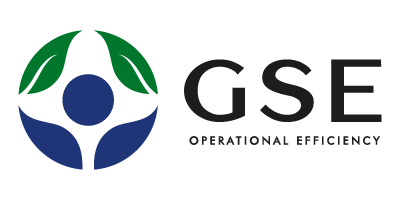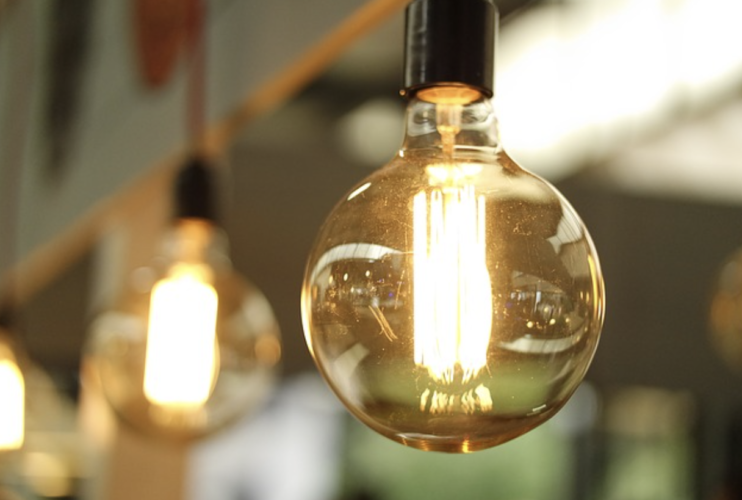Energy efficiency is important for all businesses, but it’s especially crucial for restaurants. Not only does reducing energy consumption save money, but it also helps to reduce your carbon footprint.
According to Zero Footprint, a nonprofit highlighting the environmental impact of the food production world, food truly impacts climate change. The organization estimates that the food system contributes about half of the world’s greenhouse gasses. This includes growing food (agriculture,) deforestation, processing, manufacturing, storing, and dealing with food waste.
Remember when placing calorie counts on menus was a hot topic? Now, with increased focus on our environmental impact, there is a push to add carbon footprint scores on menus. Interest in this initiative demonstrates the care with which the modern diner is choosing their next meal. We want to know if our birria nachos or our phở can help the earth, or harm it.
Energy-Efficient Restaurants
So how do some of the most energy-efficient restaurants manage their consumption — pleasing their guests and saving considerable cash? Here are five things they do right:
1. Use energy-efficient appliances
2. Educate staff on energy-saving practices
3. Implement an energy management system
4. Conduct regular energy audits
5. Invest in renewable energy sources
By following these best practices, you can make your restaurant more energy-efficient and help to save money and resources.
Energy-Efficient Appliances
One of the best ways to reduce your energy consumption is to invest in energy-efficient appliances. Energy Star-certified appliances use 10-50 percent less energy than standard models. This can make a big difference in your overall energy usage, especially if you have multiple appliances.
Some Energy Star-certified appliances you might want to consider for your restaurant include:
- Refrigerators
- Freezers
- Dishwashers
- Ice makers
- Ovens
- Ventilation hoods
You can also save energy by using LED lighting, which uses 75 percent less energy than traditional incandescent bulbs. Replacing all the light bulbs in your restaurant with LEDs can reduce your energy usage significantly.
Train Your Staff To Save Energy
Your staff can play a big role in reducing your restaurant’s energy consumption. Energy-saving practices should be part of their everyday routines. Here are some tips you can share with your staff:
- Turn off lights and appliances when they’re not in use
- Use energy-efficient settings on appliances
- Educate customers about your sustainability efforts
- Implement a recycling and composting program
By training your staff to be more energy conscious, you can make a big impact on your restaurant’s overall energy usage.
Energy Management Systems
An Energy Management System (EMS) is a great way to monitor and reduce your energy consumption. EMSs are computer-based systems that track your energy usage and provide data that can help you identify areas where you can save energy.
Some features of an Energy Management System include:
- Data collection
- Analysis
- Reporting
- Monitoring
- Control
EMSs can be customized to meet the needs of your specific restaurant. They’re a great way to get a detailed picture of your energy usage and find ways to reduce it.
Energy Audits
Conducting regular energy audits is another way to identify opportunities for saving energy in your restaurant. Energy audits can be conducted by a professional Energy Auditor or you can do them yourself.
During an energy audit, the auditor will:
- Inspect your building and equipment
- Identify areas where you’re using more energy than necessary
- Provide recommendations for reducing your energy consumption
Energy audits are a great way to get an objective assessment of your energy usage and find ways to improve it.
Invest In Renewable Energy Sources
Another way to make your restaurant more energy efficient is to invest in renewable energy sources. This includes solar panels, wind turbines, and geothermal systems. These systems can help you offset your energy consumption and save money on your energy bills.
Investing in renewable energy is a great way to reduce your impact on the environment and make your restaurant more sustainable.
By following these best practices, you can make your restaurant more energy efficient and help to save money and resources. Energy-efficient appliances, educating staff on energy-saving practices, implementing an EMS, conducting regular energy audits, and investing in renewable energy sources are all great ways to reduce your restaurant’s energy consumption.
Energy efficiency has many benefits—it can lower your utility bills, reduce your carbon footprint, and shrink your environmental impact. If you’re looking to make your restaurant more environmentally friendly and save significant money, GSE is here to help.
Our demand response management programs have paid dividends for some of the biggest restaurant and fast-casual chains in North America. Contact us to get started.





